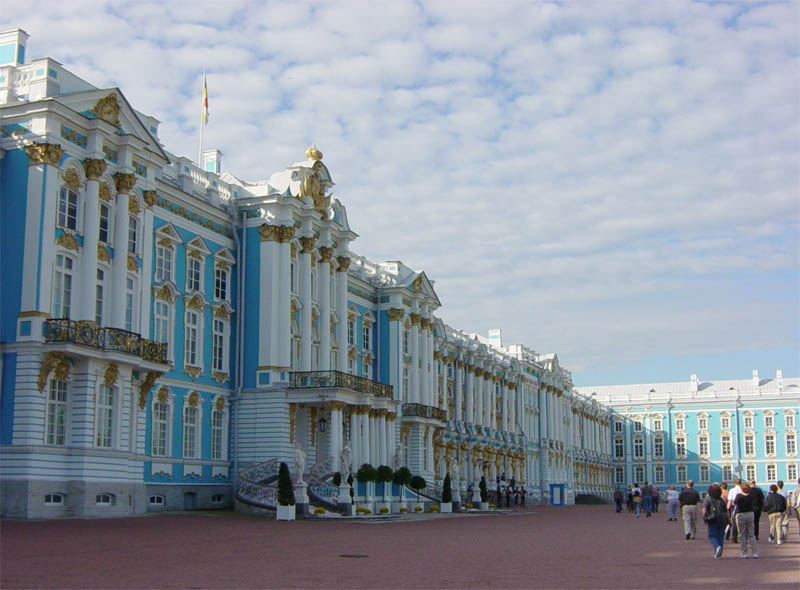We just learned about the
Epaphroditus - Bishop of Andriace, one of the
seventy disciples.
Most of the rest of the seventy we only know a little about.
Cæsar - bishop of Dyrrachium, also a friend of Epaphroditus.
Mark - Cousin to Barnabas, bishop of Apollonia.
Justus - Bishop of Eleutheropolis, one of the two to be chosen from for the next apostle.
Artemas - bishop of Lystra. His name is listed in the Bible's book of Titus as a friend of Paul's.
Clement - bishop of Sardinia.
Onesihorus - bishop of Corone. Paul wrote about Onesiphorus visiting him while he was in prison in Rome.
Tychicus - bishop of Chalcedon.
Carpus - bishop of Berytus in Thrace. Paul talks about Carpus in the book of 2 Timothy.
Evodus - bishop of Antioch.
Aristarchus - bishop of Apamea. He was with Paul a few times in the Bible, traveling around with him through Rome, Ephesus, Greece and Asia.
Mark, who is also John - bishop of Bibloupolis.
Zenas - bishop of Diospolis.
Philemon - bishop of Gaza.
Aristarchus -
Pudes -
Trophimus - who was martyred along with Paul.

(from: wikipedia -
onesiphorus)
Kid Facts - Blast from the past: Mar Agwin










